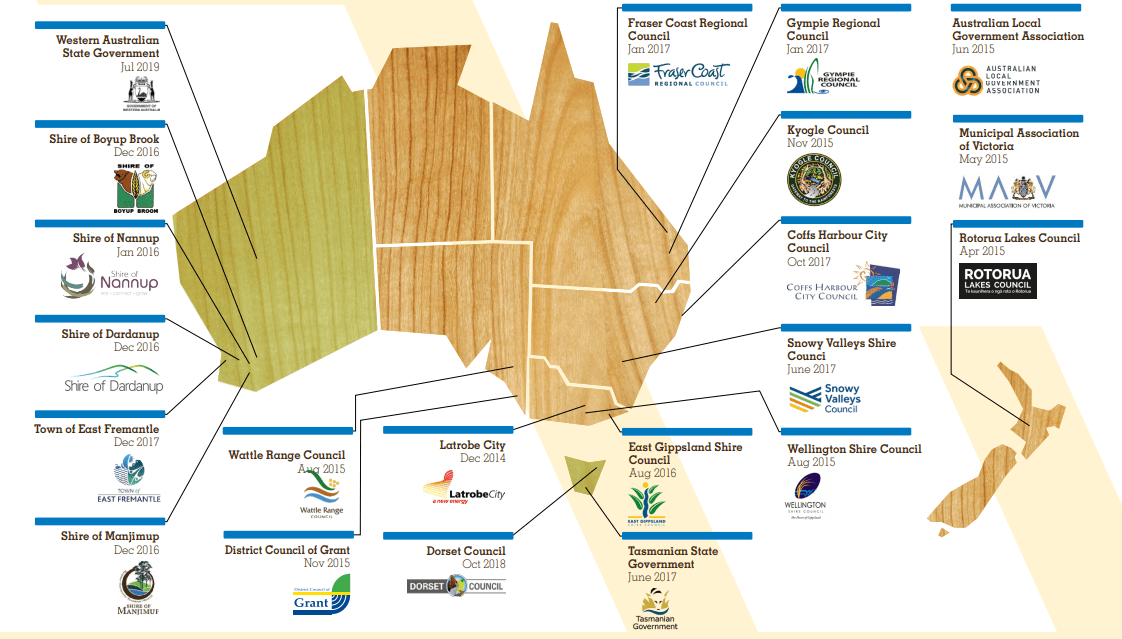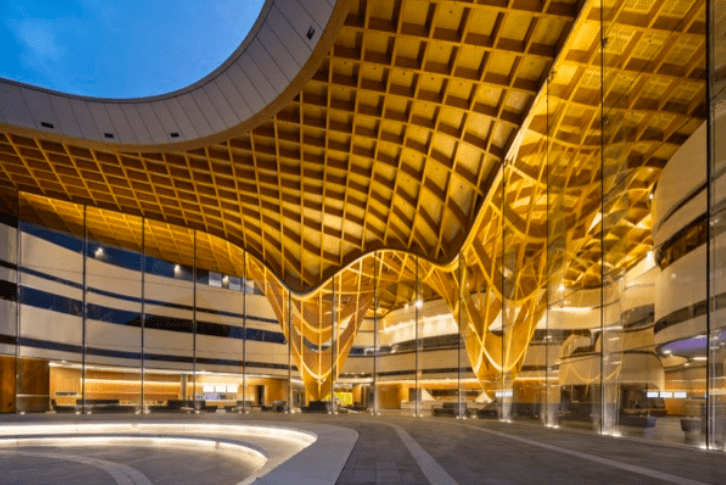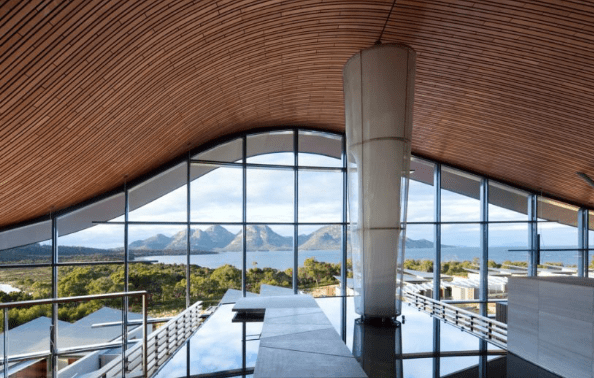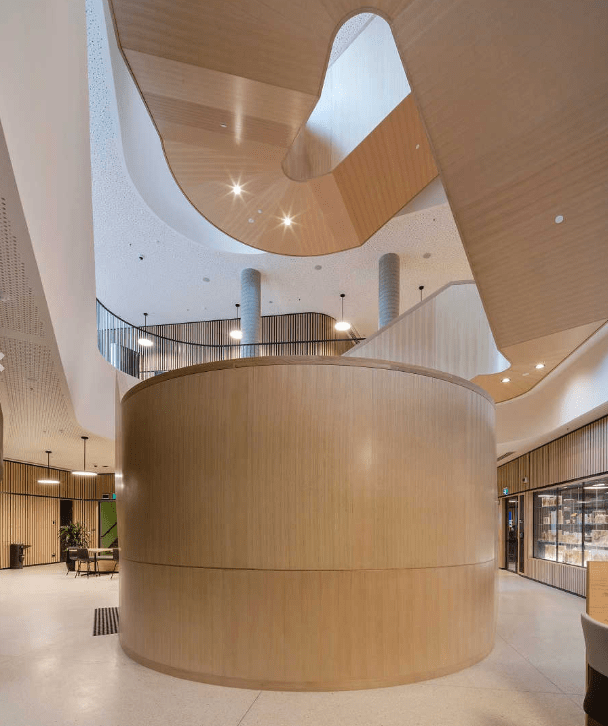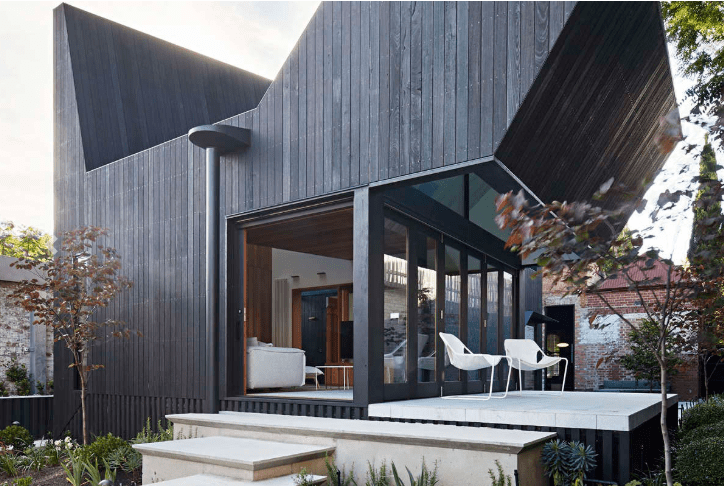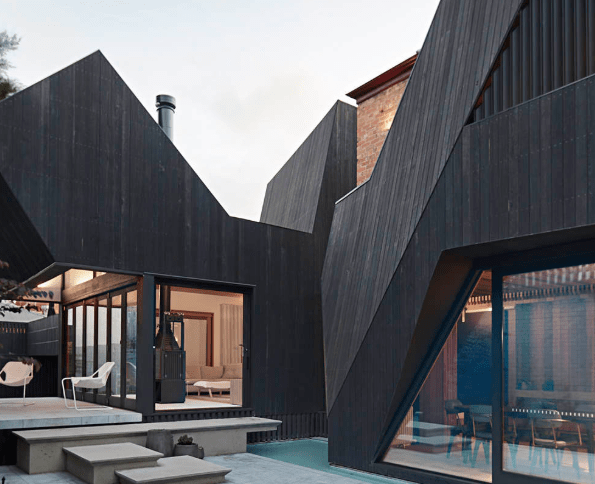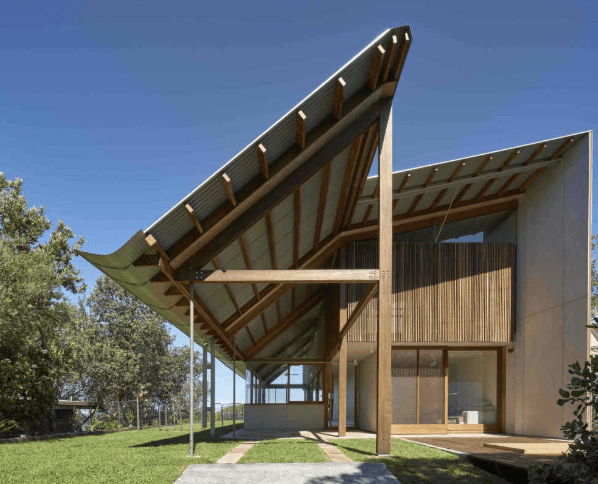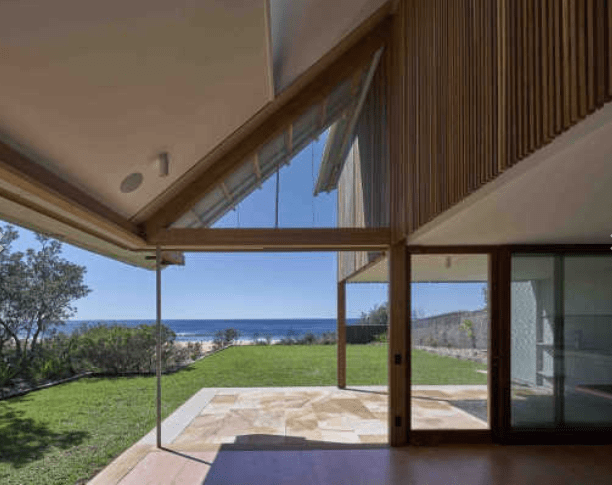What is a WEP and why have one?

In June 2017 Tasmania was the first state government in Australia to adopt a state-wide Wood Encouragement Policy (WEP); two years later, Western Australia also signed up. Today, 16 local councils around Australia have adopted a WEP. The adoption of similar policies around the world is growing steadily, including New Zealand, Canada, Japan, France, Finland, the Netherlands and the UK, who are all encouraging the use of natural, timber-based products in construction.
But what is a WEP, and why have one?
A WEP generally requires responsibly sourced wood to be considered, where feasible, as the primary construction material in all new-build and refurbishment projects. As such it is not intended to be a draconian, all-encompassing dictum, but rather seeks to ensure that wood is at least considered as the primary structural component in these buildings.
Why adopt a WEP?
Timber is the only major building material that helps tackle climate change. It is both a naturally renewable and abundant resource. As trees grow they remove carbon dioxide from the atmosphere, known as carbon sequestration. When the tree is responsibly harvested the carbon is locked in the wood and remains there for the life of any products made with that timber. About half of the dry weight of timber is carbon.
In addition, the production and processing of wood uses much less energy – known as embodied energy – than most other building materials, giving wood products a significantly lower carbon footprint. As a result wood can be used as a low-emission substitute for materials that require larger amounts of fossil fuels to be produced. As a rule of thumb, if you convert one cubic metre of concrete for a cubic metre of timber, you will eliminate approximately one metric tonne (1000kg) of carbon dioxide from being emitted into the atmosphere.
The Intergovernmental Panel on Climate Change (IPCC, 4th Assessment Report) stated that: ‘A sustainable forest management strategy aimed at maintaining or increasing forest carbon stocks, while producing an annual sustained yield of timber, fibre or energy from the forest, will generate the largest sustained mitigation benefit.’
Wood also brings many other benefits, such as reduced cost, increased speed of construction, improved health impacts and exceptional thermal insulation properties that allow buildings to consume less energy.
For more information and to find out why they call wood The Ultimate Renewable™, visit Make It Wood.
